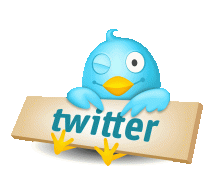In order to implement technology into education, you do not need to be a specialist in technology, but you do need to have an understanding of educational technology. This means that educators should understand how Web 2.0 tools can be applied to education, and how it can impact student learning, whether it be in a positive or negative manner. There is an inordinate amount of Web 2.0 tools available to learners, making it impossible for educators to be knowledgeable or even proficient with all of these tools. Understanding its purpose and social features is a good start for implementing a Web 2.0 tool. Determining it’s privacy restrictions will allow teachers to determine whether the tool is suitable for the age group they are instructing. From there time can tested prior to utilizing the tool for instruction. Teachers do not need to know all the features of the tool before implementing it with students. They may gain a basic understanding first and then learn as they go. Using the tool with students can be beneficial as students may already know how to use the tool from prior experiences or can figure out the tool’s use more quickly as all students would experience the tool a little differently than their teacher would.
Another important aspect of technology integration is for teachers to take risks by stepping out of their comfort zone and trying something new. They should be willing to make mistakes and not feel the need to be experts when working with technology. It is permitted to say “let me look into that” or “I’m not sure, let’s figure it out together.” My mantra has always been to try something new with my students every year. It may be the implementation of a new technology, it may be to refine our use of a familiar technology or even something non-tech related, but a different approach to learning and assessment. Regardless of the tool being selected, it is my aim to improve learning by taking risks and changing my teaching practice.
What will you try differently this upcoming school year? Don’t be afraid to try something new 🙂
Chelsea













